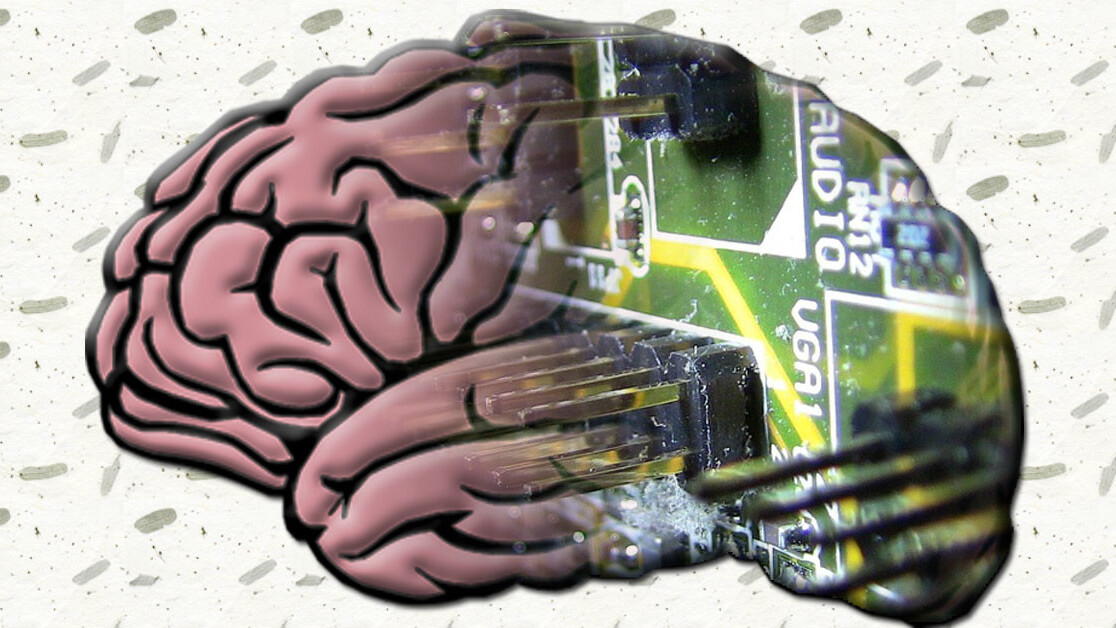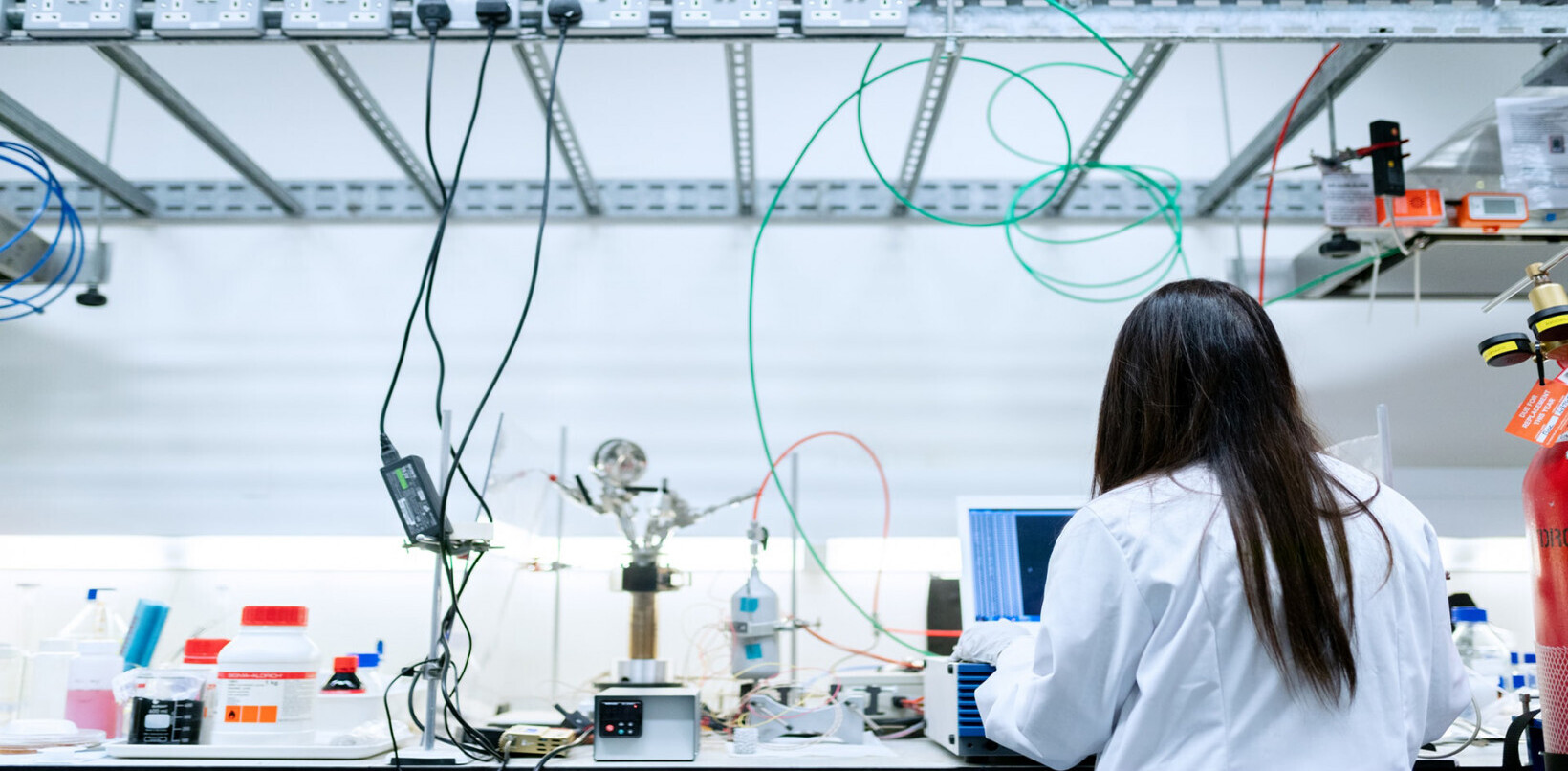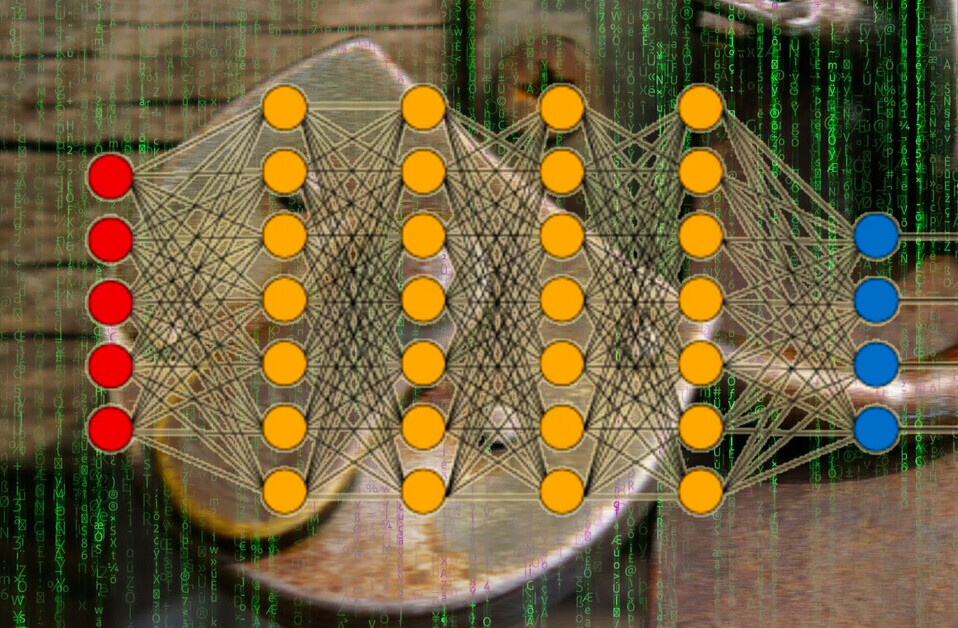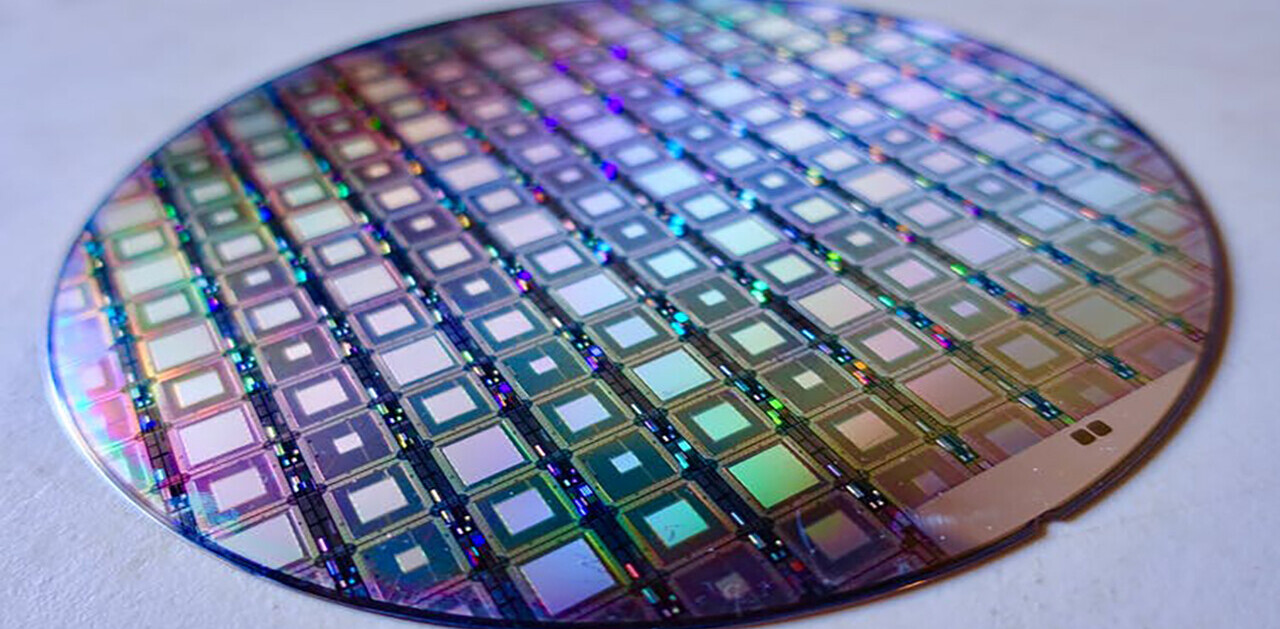
An international team of researchers spread out over three labs in Switzerland, Italy, and the UK have successfully joined artificial neurons and an organic neuron to form the first operational biological-artificial hybrid neural network.
They’ve made a cyborg.
The team set out to recreate a classic experiment showing how neurons can “learn” by transferring information through synapses.
In a classic neural network, various neurons “light up” in response to stimulus. Over time the neurons will require more or less stimulation to “fire,” thus demonstrating how neural networks adapt and learn.
Read: Scientists discover strong evidence of life on Mars
We’ve studied this concept in organic neural networks such as those found in living brains, but this is the first time it’s been done with both living and artificial neurons.
Per the team’s research paper:
We demonstrate a three-neuron brain-silicon network where memristive synapses undergo long-term potentiation or depression driven by neuronal firing rates.
The experiment involved three different neurons across three different geographical locations, connected via the Internet using standard TCP/IP.
The first, a silicon-based artificial neuron, resided in Switzerland where researchers used it to send information to another artificial neuron in the UK.
Connecting the two human-made neurons was an organic neuron derived from a lab rat’s brain in Italy which served as a bridge for information.
The scientists demonstrated the hybrid neural network’s ability to learn by modifying the way the data was sent, thus causing the artificial neuron at the end of the transmission to require more or less stimulation to “light up.”
Theoretically, this experiment could be expanded exponentially. With enough artificial bridges mimicking natural synapses we may one day be able to emulate entire brain regions.
The implications could go as far as total-conversion cyborgs that retain only the bare minimum of organic brain material — essentially, this could mean immortality.
But, more likely in this century, it means scientists may one day be able to repair damaged or abnormal brain regions. This could mean a cure for paralysis, dementia, and other brain disorders, even those currently considered irreparable.
There’s still plenty of work to be done. It takes hundreds of thousands of connections for even simple brain circuits to operate, the three-neuron approach is little more than proof of the concept.
But when full-on cyborgs walk the Earth, they’ll trace their origins back to this research.
You can read the full paper here.
H/t: Singularity Hub
Get the TNW newsletter
Get the most important tech news in your inbox each week.





